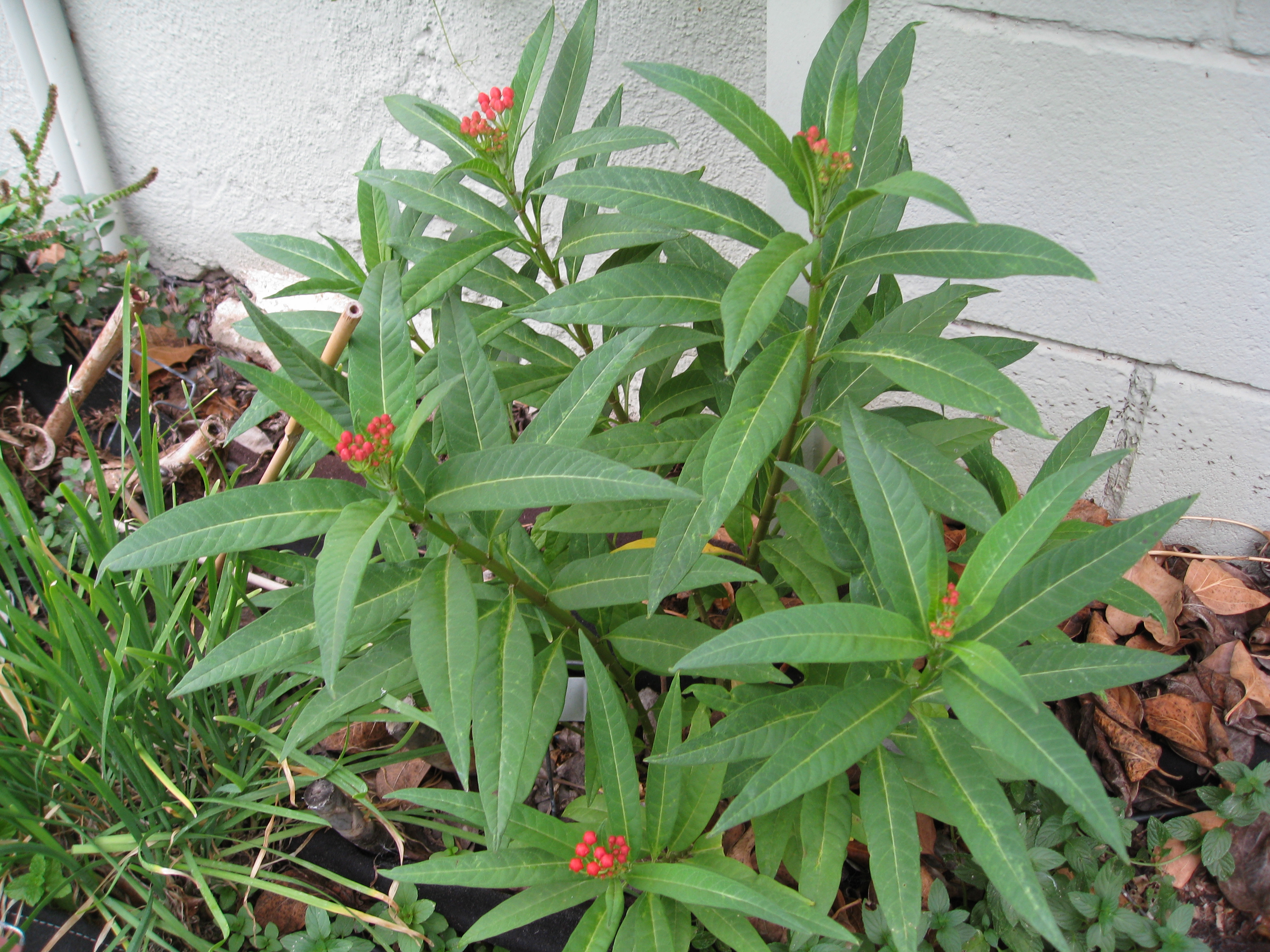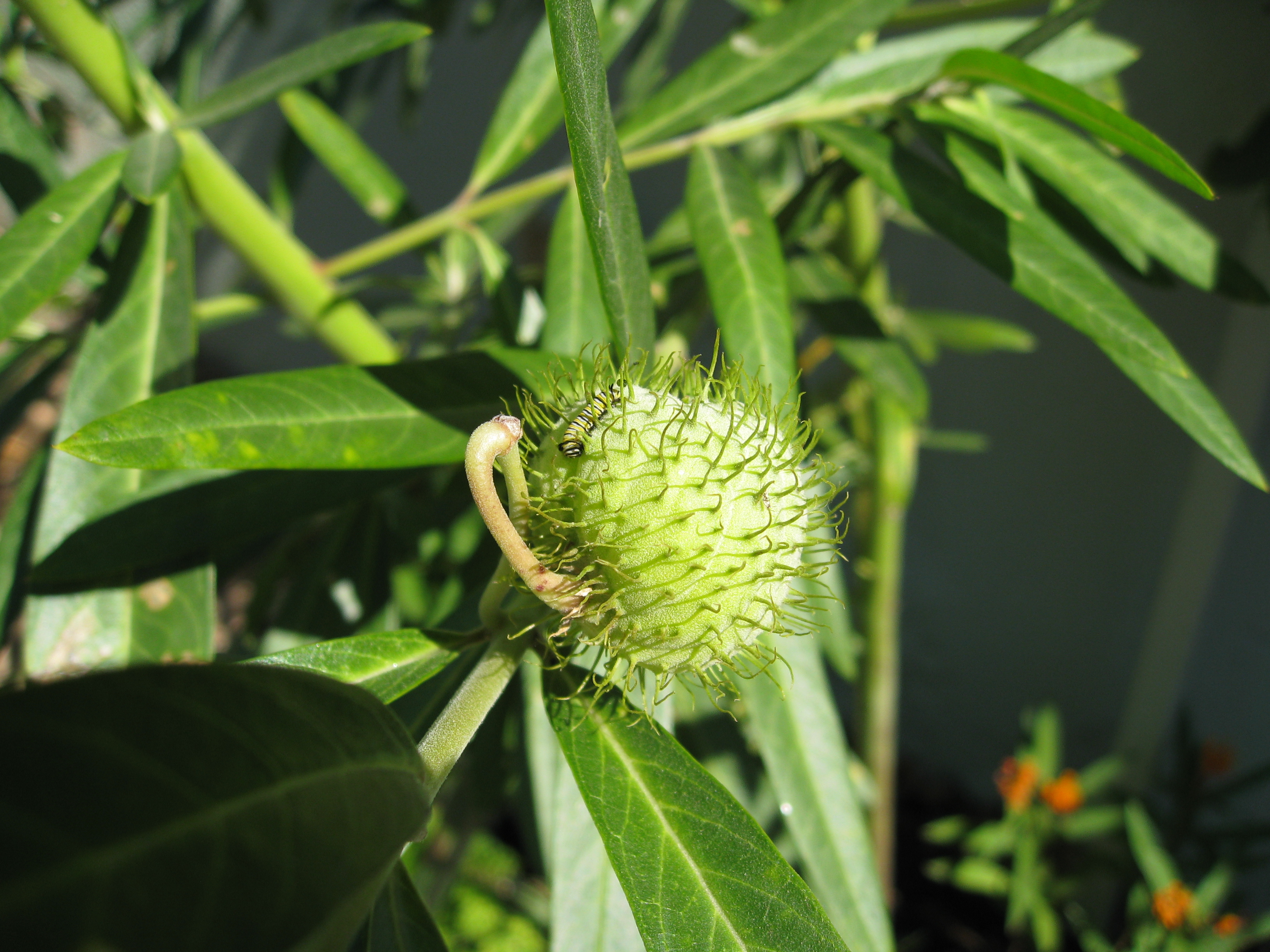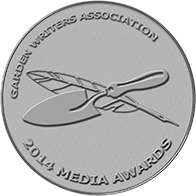A question came into Ask Gardenerd this week that I even asked myself last year:
“First year planting swamp milkweed for Monarchs – just had two butterflies exit their cocoons this morning. Had five plants this year – going big next year. Question – lots of info on how to get plants started but nothing on end of season maintenance. Should we cut back the stems on the existing plants or do we just leave them? Not sure what to do now that winter is approaching. Thanks – Bob”
You’re right, Bob, not many sites talk about what to do with the milkweed after it’s finished for the season. I ran into the issue last year when I was staring at an 8 ft. stalk of Asclepias Physocarpa, denuded after a season of successful Monarch habitation. What now? The answer is, it depends.
Annual vs. perennial – if the milkweed you are growing performs as an annual in your hardiness zone, like the Asclepias Physocarpa pictured above, you can scatter the open seed pods around the soil and cut the stalks down to the ground. The roots will dissolve over time and new plants will grow from dispersed seeds.
This milkweed was supposed to be perennial in my garden, but after waiting several months for new growth to appear (meanwhile other milkweeds were sprouting new leaves) I decided to cut it down. I left about 6″ of stem above ground, just in case it decided to leaf-out again, but it didn’t. Instead new sprouts came up from seeds I dispersed nearby.
You mentioned that you are growing swamp milkweed, Asclepias incarnata. Technically it is a perennial, but if you run into issues like I did (no leaves emerging) then re-seed and cut back old foliage.

Perennial milkweeds grow back year after year. They provide habitat for traveling Monarch butterflies.
If the milkweed is a perennial, like Asclepias curassavica (tropical milkweed) pictured above, you’ll notice tiny leaves growing from the base of the plant at some point after the upper stems have been consumed. Wait for that. Then cut back stems to the new growth and the plant will take off from there.
As a reminder, it is ideal to grow milkweeds that are native to your state if possible. In California, we have several native milkweeds, and seeds can be obtained from Theodore Payne Foundation for at least one of them.
MonarchWatch.org has a vendor list of seed sellers as well.
Thanks for writing in, Bob. Good luck with your butterfly garden!









Hi live in the CA Bay Area, and have about a 4′ x 25′ patch of native showy milkweed that is flowering and covered with aphid.
Should i cut it back and hope for fresh growth for the monarchs?
thanks,
Shelley
Honestly, we just leave the aphids. If they stay there and leave your other plants alone, great. That’s a trap crop and we usually welcome them in the garden. You’ll soon have ladybugs feasting on them, so it’s okay to leave the plants the way they are. Just don’t spray anything, and you’ll be great.
I live in Virginia and the tropical milkweed does not survive our winter so I just save the seeds and start new plants in late winter to be ready for the Monarch season. I do have a question about common milkweed.I want to cut it back so that new shoots will be ready for the fall monarchs.when should I do that?
Ah, Ava, seems you are on a different schedule than we are here in SoCal. I don’t know the specifics of pruning for fall growth, but I would tip prune when you see flowers fading this season. That should give plants enough time to generate new growth. If others who live in Ava’s climate want to weigh in about your timing, feel free.
We have about 300 milkweed growing in our school garden. A lot of it was blown over by a heavy thunderstorm last night.
What should I do with it? Should I leave it? Should I try staking them? Should I cut the fallen milkweed back?
I would leave them and try to stake them. Cut them back in fall.
I live in Florida , it is May and our milkweed had been completely eaten and the plant is just sticks. Is this the time to cut it back?
It will most likely generate some new growth from those sticks. You can leave it until fall if it isn’t too unsightly for you.
Happened to me to Florida too , but it’s grown back surprisingly vibrant. I didn’t do anything to aid the process, it simply revived itself!
I have 3 pots of milkweed. They are flowering and growing. Some of the leaves are yellowing but it think I’ve over watered…with that being said, I seem to be attracting a lot of bees (they appear to be honey bees so this is good). My question is do I need to cut back the plants to get them fuller and growing longer time or doin just let the. Go and do what they do?
My rule of thumb with milkweed is just to let them do what they do. They are tall and lanky. It’s their growth habit (most varieties, anyway). Plant them in the back of the garden and plant a medium or short height plant in front of them.